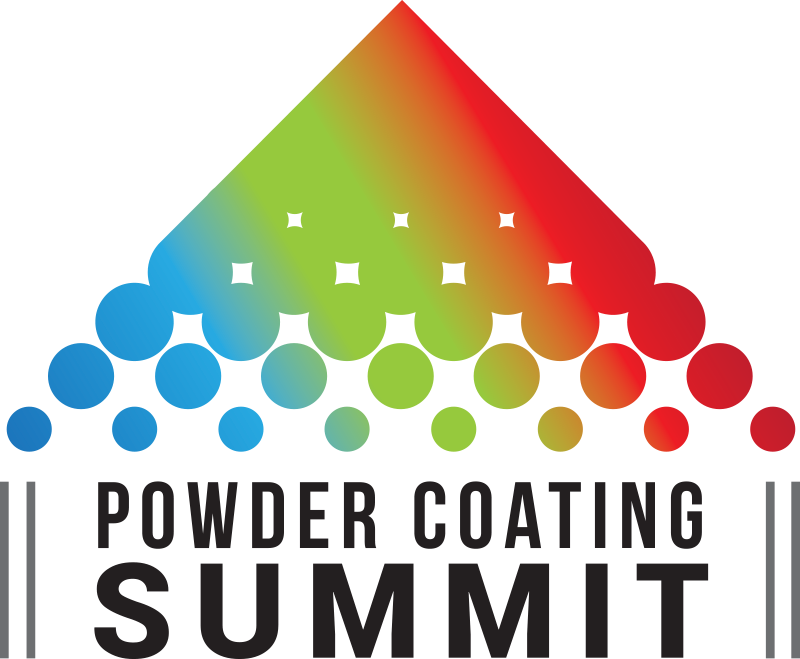Architectural Coatings
New Developments in Vinyl Acetate/Ethylene Emulsions
Improving Block Resistance in VAE-Only Non-Flat Paints
October 2, 2023
Keep the info flowing with our eNewsletters!
Get the latest industry updates tailored your way.
JOIN TODAY!Copyright ©2025. All Rights Reserved BNP Media.
Design, CMS, Hosting & Web Development :: ePublishing










